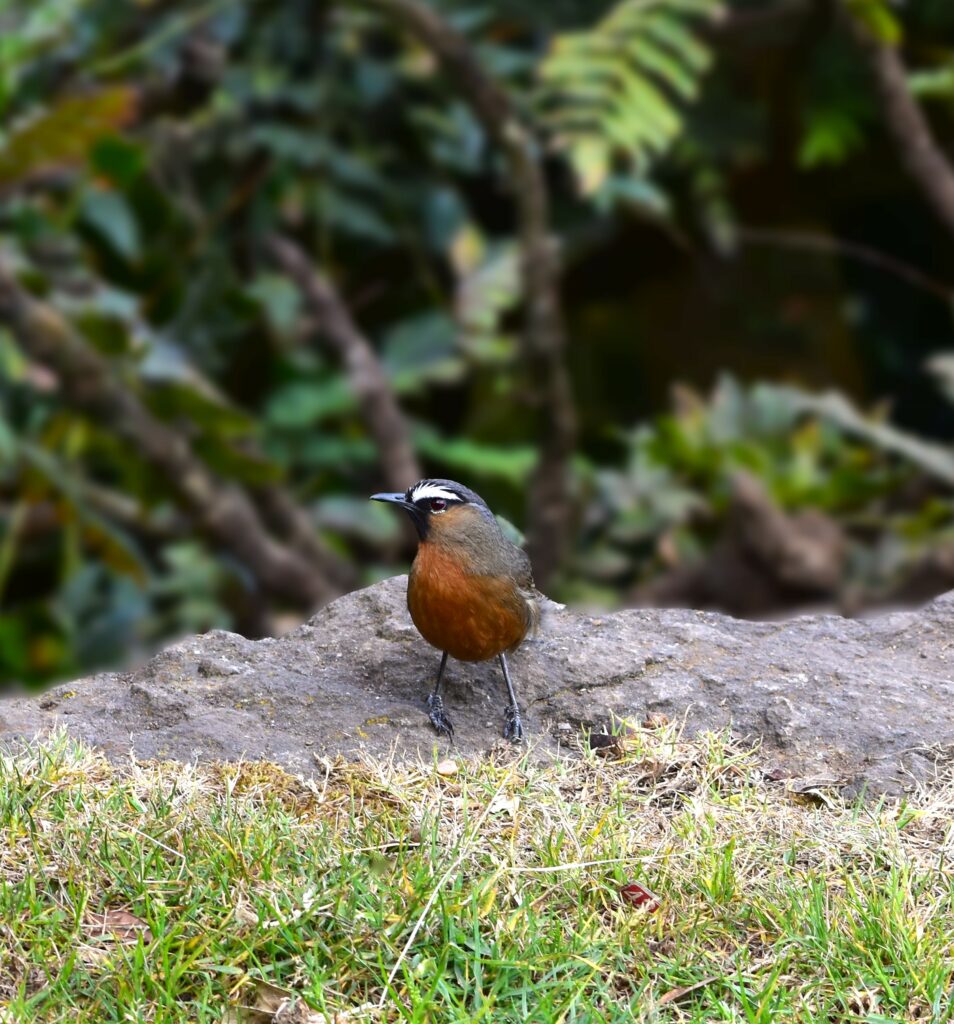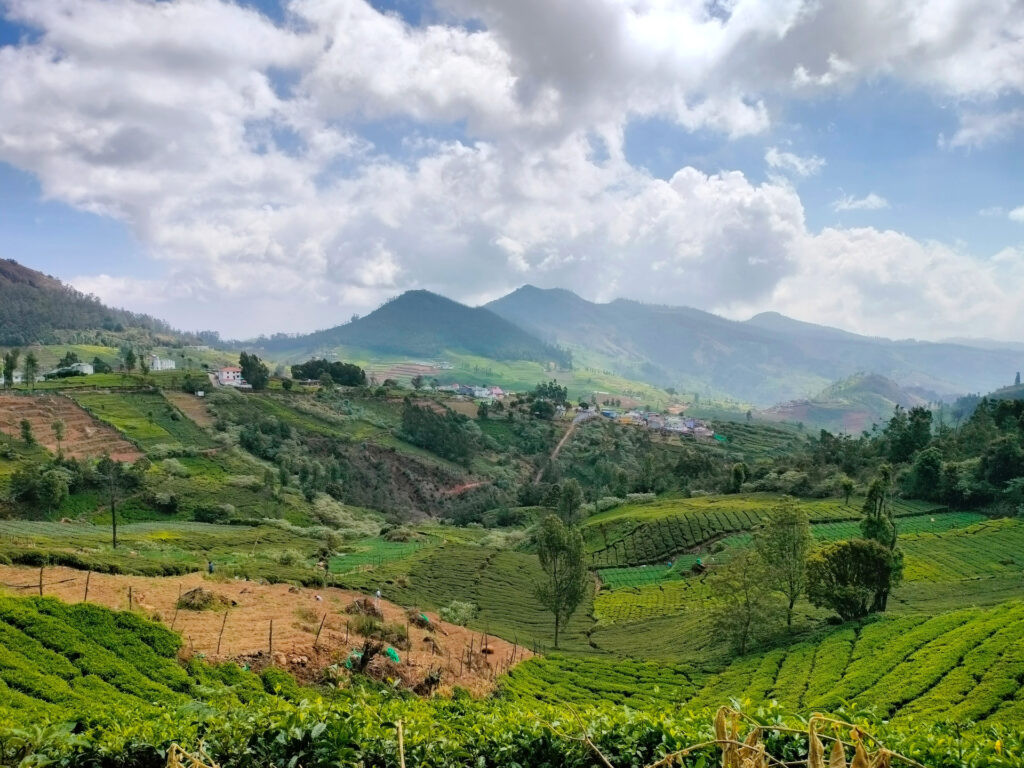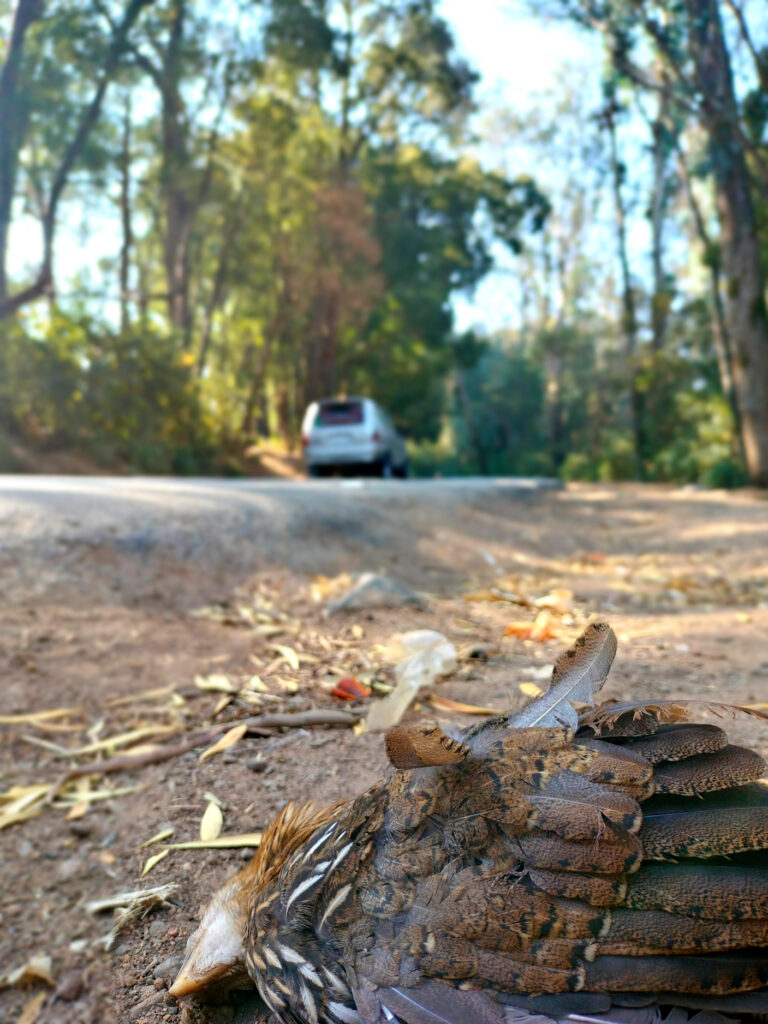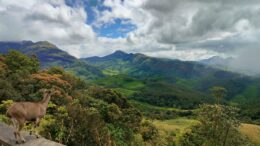 The Place:
The Place:
Nestled in valleys between the mountains of the Western Ghats of southern India are pockets of tropical evergreen forests. These forests are better known by the local name sholas. Sholas are separated by montane grasslands spread across the rolling slopes, forming habitat complexes that date back 20,000 years. These habitat mosaics are found on isolated mountain tops, distinguished from lower reaches by their cooler climate, like islands in a sea of clouds. Hence the name: Shola Sky Islands.
Why it matters:
The shola-grassland habitat complexes are home to many endemic species across all taxa, a number of which are also endangered. Nilgiri tahrs (Nilgiritragus hylocrius), for example, are an endangered ungulate found only in Shola Sky Islands above 14,000 feet. Nilgiri langurs (Semnopithecus johnii), a vulnerable primate, are also restricted to these hilly areas. In 2017 laughingthrushes in Shola Sky Islands were discovered to represent a previously undescribed genus, with four distinct species separated by wide gaps in the mountain ranges. Named Montecincla, this genus is a striking example of the isolation of these sky islands.

The aptly named resplendent shrub frog (Raorchestes resplendens) is known from only two sky islands within the 37-square-mile Eravikulam National Park. It is one of many species found in just a few Shola Sky Islands. New species continue to be discovered there, including a jumping spider, Pancorius sebastiani, just described in November.
The importance of Shola Sky Islands reaches beyond wildlife. They are home to many tribal groups including the Todas, Kattunayakans, Kotas and Kurumbas. Their lives and cultures are intricately entwined with the shola-grassland ecosystems, and many people continue to depend on them for sustenance.
Additionally, sholas have often been likened to sponges for their ability to retain water, and they feed numerous streams and ultimately major rivers like the Cauvery. This affects the lives and livelihoods of millions of people downstream.
The threat:
Over the past several centuries, human activities have chipped away at these unique ecosystems. Both grasslands and sholas have been razed for plantations that grow tea, coffee, cardamom and other crops. After 1856 under British colonial rule, nonnative tree species such as eucalyptus (Eucalyptus globulus) and Australian blackwood (Acacia melanoxylon) were introduced to increase timber and firewood production. That has come at the cost of native flora and birds like Nilgiri pipits (Anthus nilghiriensis).
The loss of grassland habitat to exotic tree invasion also puts human-nature relations at risk. Among the affected are the Todas, who use specific native grass species — plants that are getting harder to find — to build their traditional temples.
Many of these mountains are also popular hill stations that are seeing increasing tourism pressure, particularly in summer. The soaring footfall is burdening a waste-management system already stretched to its limits. Untreated waste leads to soil and water pollution, the spread of disease, and the increased risk of human-animal conflict. Open garbage dumps tend to be lucrative foraging grounds for gaurs and sloth bears, especially if the surrounding habitat is a resource-poor exotic tree plantation.

Climate change, of course, poses an additional level of concern. Species endemic to the sky islands are at particular risk since their climatic niche is already small. As temperatures rise, the size of the sky islands can effectively shrink.
My place in this place:
As a researcher for the National Center for Biological Sciences, I’ve been studying endemic birds in the Nilgiris region of the Western Ghats for the past year. Even finding shola patches has become its own task, leading me to realize the extent of habitat loss and fragmentation. The hills are now dominated by plantations instead of grasslands and forests. And I’ve seen the effect of increasing development, more tourism, and inadequate waste management.
The sight of endangered Nilgiri laughingthrushes congregating at a garbage dump to feed on Maggi (Indian instant ramen) is something I won’t forget.
Who’s protecting it now:
There are several protected areas in the region looked after by the state forest departments. However, many of the sholas lie outside of these protected areas. Nongovernmental organizations such as the Keystone Foundation, Nature Conservation Foundation, Bombay Natural History Society, Shola Trust, Wildlife Conservation Society India, Centre for Wildlife Studies, Ashoka Trust for Research in Ecology and the Environment, and many more have also stepped up to carry out research and conservation work in the landscape.
What this place needs:
To save what’s left of this unique ecosystem, strict regulations are needed to adequately manage waste and sewage-treatment facilities, early warning systems to reduce human-wildlife conflict, and collaboration with local leaders. More research on how to reduce the heavy impacts of tourism would help, as well as ecological restoration of degraded forests and plantations.

Lessons from the fight:
It’s easier to prescribe mitigation measures than to put them into practice, as on-the-ground realities tend to be far more complex than they appear on paper. Currently, the same tea and coffee plantations that have negative impacts on the environment are crucial to the economic security of hundreds of thousands of people. Such is the case with tourism as well.
But there are measures that can help. Many scientists have called for ecological restoration of the timber plantations strewn across the hills. Even the Madras High Court directed the removal of exotic plants from the Western Ghats nearly a decade ago. While this seems a massive venture, work has already begun.
And the Keystone Foundation is working with Indigenous communities on ecosystem restoration in the region. Traditional ecological knowledge held by these communities, in partnership with modern scientific research backed by sufficient funding and governmental support, is critical for restoring these habitats.
Share your stories: Do you live in or near a threatened habitat or community, or have you worked to study or protect endangered wildlife? You’re invited to share your stories in our ongoing features, Protect This Place and Species Spotlight.
Previously in The Revelator:
Legume Gone: The Shocking Reasons for a Tree’s Extinction in India
![]()


